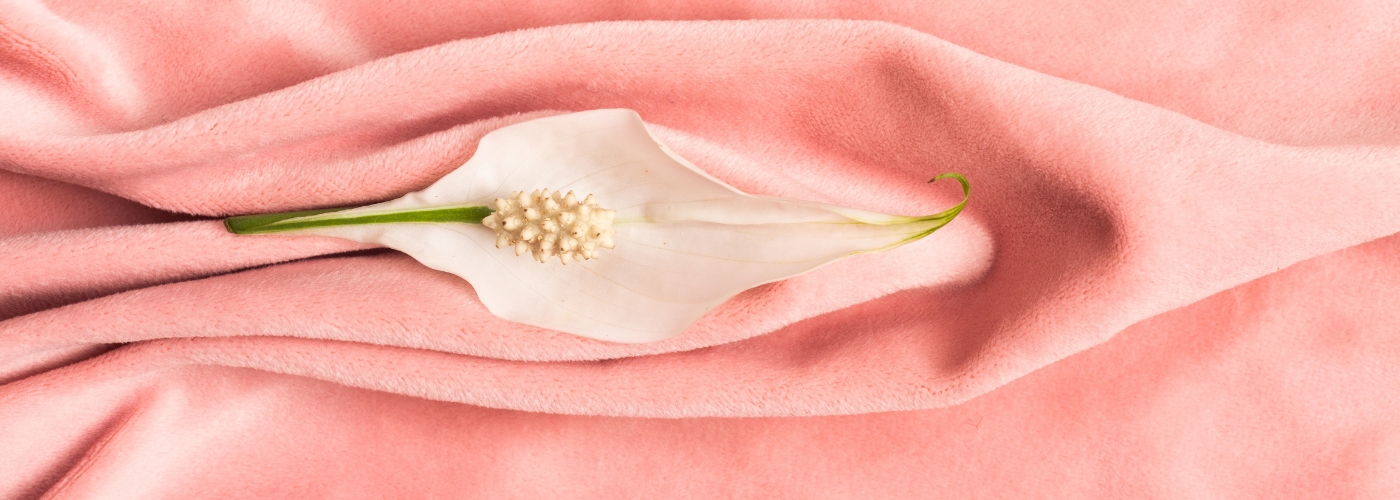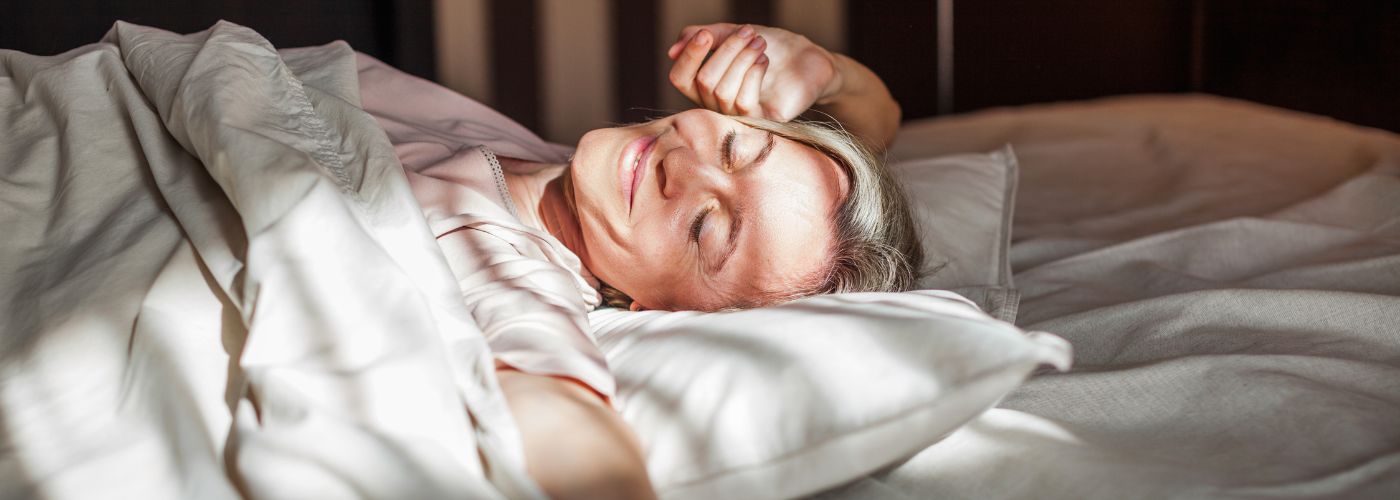
Apparently, credit for the discovery of the clitoris in Western civilization is attributed to an Italian man, an anatomist by the name of Realdo Colombo, in the year 1559.¹ It’s reasonable to believe it was discovered well before that, and most likely by a woman.
There may be more to the story, but it’s amusing that a credit for “discovery” needs to be given at all – it’s been there for ages, and while misunderstood, it was never ignored.
What has been ignored historically is the full extent of clitoral anatomy. In fact, women weren’t even mandated to be included in clinical research until the NIH Revitalization Act of 1993.² Since then, our knowledge of the female body and sexual wellness has expanded in ways that were unthinkable just a few decades ago.
A Bit of Business and a Bit of Pleasure
You may have heard the claim that the clitoris has about 8,000 nerve endings. That number has circulated for years, and it was based on studying cows. But new research suggests the story is even more stunning – a few researchers in the business of anatomy have learned a bit more about human female anatomy. (Interesting that the scientific community knew more about heifers than women.)
A 2023 study measured the sensory wiring of the clitoris and found that the main clitoral signaling conduit (the dorsal nerve) contains an average of over 10,000 fast-conducting nerve fibers. That doesn’t include unmyelinated (slow-acting) fibers or contributions from other internal clitoral tissue. In other words, the clitoris is wired with way more than 8,000 neural connections – and they’re all geared for pleasure.³
For comparison, fingertips contain about 2,500 nerve endings over a much larger surface area. Think about it: over 10,000 nerve endings under a pinch of skin the size of a pea, compared to 2,500 in something the size of a small marble. Close your eyes, and touch your computer keyboard. Highly sensitive, right? You know where this is heading, so needless to say, the clitoris is a sensory powerhouse in a tiny package.
And yet, the visible “tip” is just the external glans. (The glans is commonly discussed in the context of the penis, and refers to the penis head.) The glans is only a fraction of the whole organ, which leads us to the next level of clitoral impressiveness.
The Wishbone
The internal structure of the clitoris resembles a wishbone: the paired crura (“legs”) extend internally along the pubic bones, anchoring the clitoris and supporting associated erectile tissue that swells during arousal.
Yes, you read that correctly, we said erectile tissue – and it functions similarly to the penis.
These special tissues fill with blood during arousal, enlarging the clitoris and making the glans more prominent. Women seem to have gotten the lucky side of that coin – unlike the penis, the clitoris is not associated with urethral function (e.g., excreting urine and seminal fluid), and it exists purely for sensation.
Vestibular bulbs, another feature of the “internal” clitoris, flank the vaginal opening and compress against surrounding structures when engorged, amplifying pleasure.⁴ The increased pressure on the vaginal walls can indirectly stimulate the “external” clitoris. This is why stimulation of the anterior vaginal wall – eh-hmm, the region traditionally called the G-spot – can create sensations that feel distinct from clitoral stimulation alone, even though it’s really activating parts of the same organ system.
A lot of these functions start to unravel when puberty hits, including the rapid development of the clitoris.⁵ But contrary to popular “did you know?” posts, the clitoris does not continue to grow indefinitely with age. While it temporarily enlarges during arousal due to increased blood flow, persistent hypertrophy (enlargement) could be pathological and linked to specific medical conditions, rather than normal aging. Managing clitoral hypertrophy and the decision to treat it depend on functional or aesthetic disruptions.
An Evolutionary Nugget
Why do women have a clitoris? Like the appendix from an evolutionary standpoint, the clitoris remains something of a mystery.
Researchers have debated why the clitoris and female orgasm exist at all. Hypotheses range from Freudian psychoanalysis with an evolutionary twist to a nonfunctional offshoot of male traits.⁶ A predominant theory suggests that the female orgasm originated as a reflex to trigger ovulation in ancestral mammals.
While it doesn’t have a clearly defined direct role in human reproduction today, researchers found that the neuroendocrine hormone release associated with orgasm (prolactin and oxytocin) still plays a role in inducing ovulation in other placental mammals.⁷ In tandem with the evolution of spontaneous ovulation (as in humans), this theory also suggests that the clitoris moved from inside the vaginal canal to a position where it receives less stimulation during intercourse, further decoupling orgasm from reproduction.⁷
So, again, why do we have a clitoris? No one really knows!
Sexual Wellness
Why does all this matter? Yes, there is intrigue, mystery, and awe around the female anatomy. It’s interesting and fun to read about. But it also matters because understanding the clitoris is as much an academic exercise as it is a medical green light to explore sexual health and personal bliss.
Knowledge meets practice when structural or hormonal factors disrupt intimacy, diminish sensation, or leave women feeling self-conscious about their anatomy. Treatments such as labiaplasty, vaginal rejuvenation, clitoral hood reduction, sensitivity-enhancing injections, and hormone therapies are designed to restore balance, improve function, and support sexual well-being.
The clitoral hood, for instance, is a fold of skin that naturally covers and protects the clitoris, much like the eyelid shields the eye. In some women, this tissue is minimal, while in others it may be thicker or have extra folds. When excess tissue is present, it can sometimes cover the clitoris more fully, leading to difficulty with stimulation, irritation, or concerns about appearance.
Clitoral hood reduction removes redundant tissue of the hood that can obscure the glans without altering the clitoris itself. Given all we’ve learned about the hottest pleasure zone in the female anatomy, restoration of the clitoris’ main function restores access to pleasurable stimulation and can have an overarching impact on emotional health.
The more we learn about our bodies, the more comfortable we can be inside them, and the more likely we might be to reach out when we need help. You don’t have to settle for discomfort or diminished pleasure.
At Aayla Sexual and Aesthetic Wellness, Dr. Taghechian approaches cosmetic gynecological procedures with expertise and sensitivity while helping women achieve more gratification, better function, and greater self-assurance. If intimacy feels unfulfilling or uncomfortable, schedule a visit and let’s talk about how we can help.
References:
- Stringer, M. D., & Becker, I. (2010). Colombo and the clitoris. European journal of obstetrics, gynecology, and reproductive biology, 151(2), 130–133. https://doi.org/10.1016/j.ejogrb.2010.04.007.
- Mastroianni, A., Faden, R., & Federman, D. (1994). Institute of Medicine (US) Committee on Ethical and Legal Issues Relating to the Inclusion of Women in Clinical Studies. In www.ncbi.nlm.nih.gov. National Academies Press (US). https://www.ncbi.nlm.nih.gov/books/NBK236531/.
- Uloko, M., Isabey, E. P., & Peters, B. R. (2023). How many nerve fibers innervate the human glans clitoris: a histomorphometric evaluation of the dorsal nerve of the clitoris. The journal of sexual medicine, 20(3), 247–252. https://doi.org/10.1093/jsxmed/qdac027.
- O’Connell, H. E., Sanjeevan, K. V., & Hutson, J. M. (2005). Anatomy of the clitoris. The Journal of urology, 174(4 Pt 1), 1189–1195. https://doi.org/10.1097/01.ju.0000173639.38898.cd.
- Casalino, F., Moussaoui, D., Brockmann, C., Crofts, V., Abdulcadir, J., & Yaron, M. (2025). Vulvar Developmental Stages During Puberty: A Systematic Review. Journal of Pediatric and Adolescent Gynecology, 38(3). https://doi.org/10.1016/j.jpag.2025.01.002.
- Basanta, S., & Nuño de la Rosa, L. (2023). The female orgasm and the homology concept in evolutionary biology. Journal of morphology, 284(1), e21544. https://doi.org/10.1002/jmor.21544.
- Yale University. (2016, August 1). Yale researchers shed light on evolutionary mystery: Origins of the female orgasm. Yale News. https://news.yale.edu/2016/08/01/yale-researchers-shed-light-evolutionary-mystery-origins-female-orgasm.












